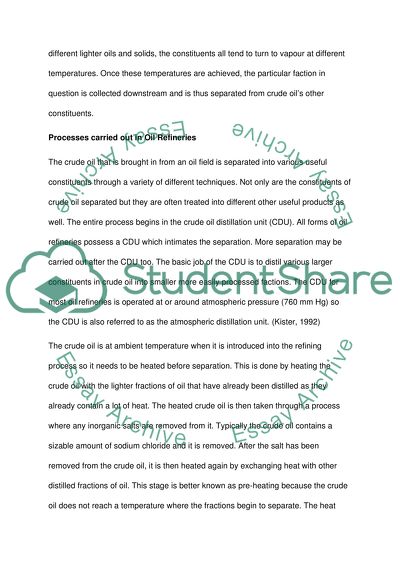Cite this document
(“Processing Petroleum Essay Example | Topics and Well Written Essays - 1500 words”, n.d.)
Retrieved from https://studentshare.org/chemistry/1430995-processing-petroleum
Retrieved from https://studentshare.org/chemistry/1430995-processing-petroleum
(Processing Petroleum Essay Example | Topics and Well Written Essays - 1500 Words)
https://studentshare.org/chemistry/1430995-processing-petroleum.
https://studentshare.org/chemistry/1430995-processing-petroleum.
“Processing Petroleum Essay Example | Topics and Well Written Essays - 1500 Words”, n.d. https://studentshare.org/chemistry/1430995-processing-petroleum.


